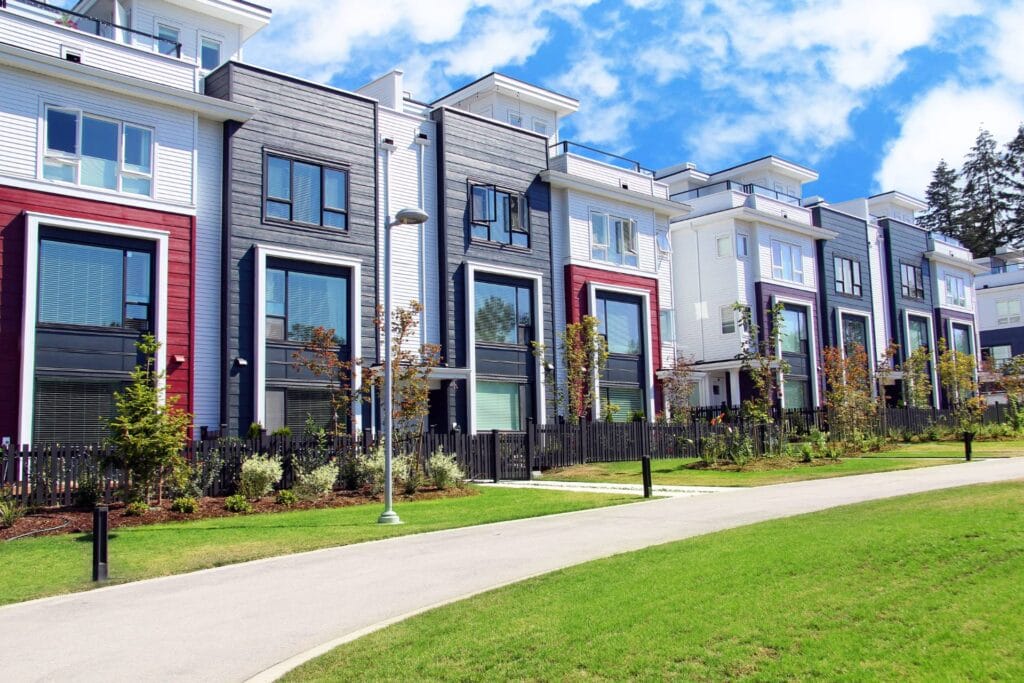If you have investment properties, there’s a good chance these assets have significant equity. As a property investor, there’s also a good chance you need liquid, usable cash.
Investment properties are expensive, and we’re not just talking about the purchase. We’re talking about the ownership. There is regular and routine maintenance that needs to be performed on the house and the yard. There are also repairs that need to be completed quickly; perhaps the furnace needs to be fixed, perhaps the windows need to be replaced, perhaps the shingles need to be patched…the list goes on.
Paying for these repairs can be costly, so many people turn to cash-out refinancing for their investment properties, turning pent-up equity into useful cash.
Of course, property maintenance is not the only use for cash-out refinancing on an investment property. You can use the cash for a downpayment on another property, for investments in another form, or to simply purchase something that makes you happy. (A sports car or a vacation, for example.)
Regardless of how you will use the money, there are many options for cash-out refinancing on an investment property, including Fannie Mae-supported loans.
Fannie Mae is one of the largest organizations in the mortgage and real estate industry, and loans supported by this publicly-backed and government-regulated company have many advantages. They can have (in many but not all cases) lower downpayment requirements, easier credit regulations, and lighter interest rates.
Other cash-out refinancing on an investment property, while beneficial, may not be as borrower friendly. Fortunately, you can use these mortgages to refinance your loan while converting equity into cash.
But first, you should understand cash-out refinancing from Fannie Mae, not just on an investment, but on all properties…
Understanding Fannie Mae Cash-Out Refinancing
Whether it’s for your personal home or an investment property, there are a variety of requirements that are needed if you are going to use a Fannie Mae cash out refinance.

To use one of these loans, you need to have owned the property for at least six months before refinancing. For most borrowers, this is not an issue, as refinancing is usually not a realistic option (or at least a beneficial one) for at least a few years after the purchase.
The eligibility requirements from Fannie Mae state that the transaction (the refinance) must be used to pay off existing mortgages and the new loan must be a “first mortgage,” meaning that no other loans can take it’s place at the front of the line should total repayment be required. (Lenders and organizations have a vested interest in ensuring their loans are first.) There can also be no mortgage liens on the current property.
If the property that is being refinanced has been listed for sale, it must be removed from the sales market by the time the new mortgage is finalized. There are other requirements, which can be reviewed in Fannie Mae’s selling guide.
Requirements for Using a Fannie Mae Cash-Out on an Investment Property
Ownership Must Be Transferred From the LLC to the Individual
Many investment properties are under the legal ownership of an LLC, or “Limited Liability Company.” Holding properties in an LLC provides a variety of benefits for investors, but most importantly it separates your personal wealth from the assets of the business.
If you want to refinance using a Fannie Mae cash-out on an invest property, you’ll need to transfer it from the LLC to your own personal ownership. Essentially, Fannie Mae is not involved with LLC-based transactions; they focus largely on owner-occupied homes, as well as a few second homes, such as vacation properties.
LLC Must Be Completely Owned by the Borrower
LLCs are not always owned and operated by a single business owner or investor. In many cases, there are multiple parties involved in the company, each person usually has a different share of ownership, although some companies could have even splits, such as four owners, each owning a quarter of the company.
But if you are going to refinance, you must be the complete owner of the LLC in which the property was previously held. So if you own only 99%, you won’t be able to use a Fannie Mae cash-out refinance on an investment property.
At Least Six Months of Ownership
Many of the same rules that apply to refinancing on a regular property also apply to refinancing on an investment property. The basic rules are the same, but it’s important to highlight one essential requirement: you have to have owned the property for at least six months.
Why is this important to highlight? Because investors are often purchasing and reselling their properties, they are often moving cash and equity from one property into another and using funds from one property to invest, improve, or rehab another. There is far more movement, and investors often purchase a home and, within a few months or even a year, go to make changes on the property or the loan. These changes may include a cash-out refinance.
So if you have recently made a purchase, remember that you can’t use a Fannie Mae cash-out refinance on an investment property until you have owned it for at least six months.
Get the Information You Need on Fannie Mae Refinancing
Using a Fannie Mae-supported loan for a cash-out refinance might seem complicated. But it’s actually quite simple when you have the support of an experienced and knowledgeable team.
Contact our staff today to learn more about world-class refinancing options for your investment property, including the potential use of a Fannie Mae cash-out refinance on an investment property.


